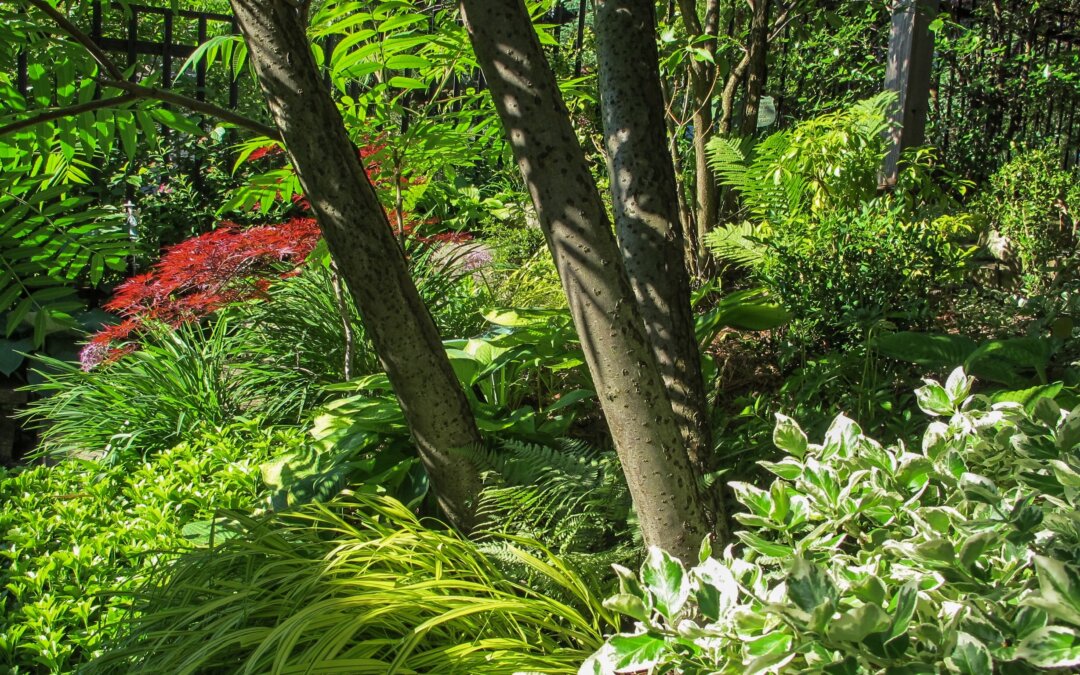A recent study (the Study) by the University of Toronto of vascular plants in Toronto (GTA) was very revealing;
https://besjournals.onlinelibrary.wiley.com/doi/10.1002/2688-8319.12036
1 – The Study determined that there are 1,937 plant taxa in the GTA. Of these, 822 (42.2%) are identified as non indigenous species (NIS). Of the NIS 118 are purported to be cultivated here.
When Dog Strangling Vine first came to the GTA is unknown.
2 – It seems, all the native plants are abundant, and very few are endangered (low in abundance). The NIS are either abundant or sparse.
3 – I sorted the plants in the Study list by their abundance and identified the top 27 non indigenous species.
4 – The Credit Valley Conservation (CVC) has listed 27, Category No. 1, highest priority “invasive” plant species.
5 – Only 2 of the Study top 27 NIS in abundance appeared in the CVC list of 27 highest priority. They are; Dog Strangling Vine and European Buckthorn.

Recent Comments